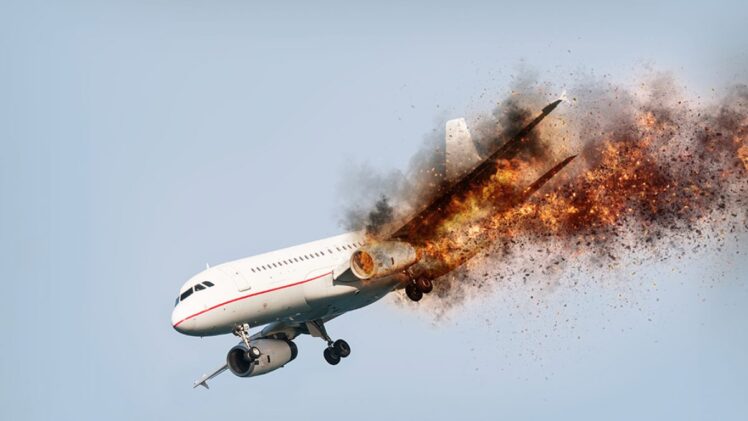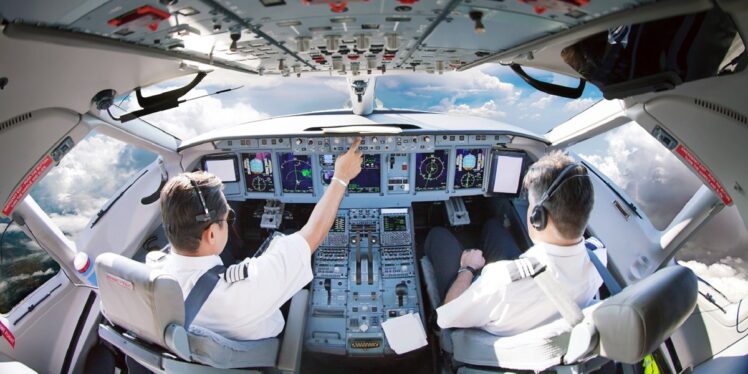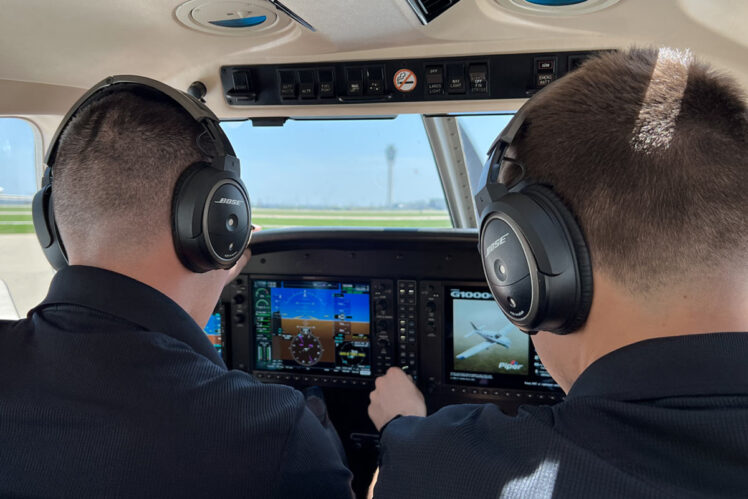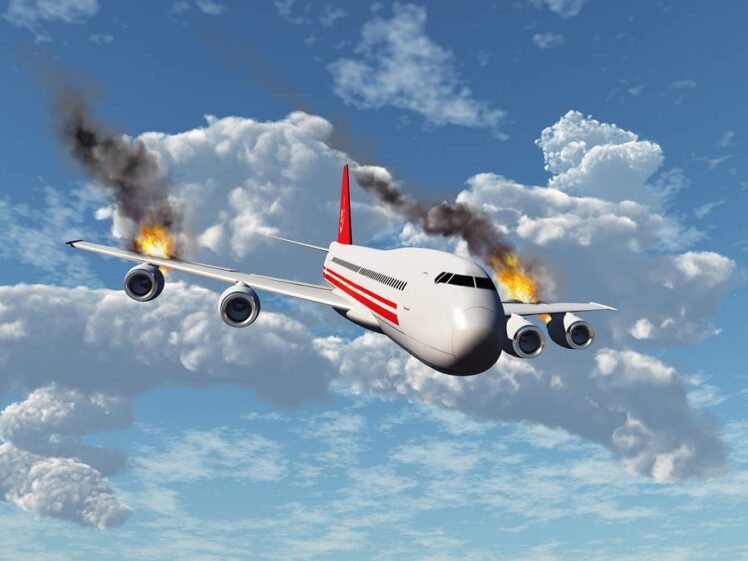Table of Contents
The aviation industry is one of the most complex industries to manage. It is not just about flying the aircraft but also about ensuring that air travel becomes safe on a large scale. The aviation industry has faced several challenges over the years, which have become standard for all airlines and airports to address.
When it comes to accidents, aircraft are not immune. The aviation industry has its own share of accident cases. Filing a lawsuit can be confusing in aviation accident cases. An aviation accident is not a daily occurrence. If you ever have to face that situation, you need to be prepared. This blog post will help you understand about aviation accident cases.
Components of an Aviation Accident Case

There are certain aspects of an aviation accident case you must know about. These are not exclusive to aviation accidents only but applicable to all kinds of personal injury cases. Here are the components of an aviation accident case:
• Establishing Fault
• Gaining Access to Key Evidence
• Proving Negligence
• Identifying the Responsible Parties
• The Complexity of Aviation Accidents
• The Role of Insurance Companies
1. Establishing Fault
In fatal aviation accidents, establishing fault is the key to determining who is responsible for damage or loss of life. The more you know about the factors that contributed to a particular incident, the better you are able to argue your point of view and prepare your case in court. When you know who is at fault, it will be easier to get compensation.
2. Gaining Access to Key Evidence

Access to crucial evidence is frequently a challenge in aviation accident cases. Some experts will attempt to keep their findings away from the public by not providing complete reports. Still, every aviation case must undergo an adversarial discovery and presentation process. This process is crucial to gaining access to all the evidence needed to support it. When you have fool proof evidence against the negligent party, you can win the case without any struggles. Evidence is the key to winning any case. Witnesses can also be helpful in accident cases.
3. Proving Negligence
Negligence is the most challenging and complex area in aviation law to contend with as a plaintiff. Negligent acts are those that injure others and result in damage to someone’s property. The first step in proving negligence is establishing factual causation. If a pilot is at fault for a crash, establishing causation under common law is easy; however, in many instances, it’s much more of a challenge.
4. Identifying the Responsible Parties
The challenge that arises in aviation accident cases is identifying whom to sue. In many cases, the captain or pilots of the aircraft are the only ones who can be held liable for an accident. Other airlines and employees on board the plane may be held responsible for the final crash, but their liability is limited due to their connection with the airline.
5. The Complexity of Aviation Accidents
Several different factors can cause aviation accidents. Investigators must investigate the incident for a pilot or plane’s crew to collect all of the necessary information about the crash. However, because aviation accidents can involve various components and links in their chain, that process is more complicated than most other cases.
6. The Role of Insurance Companies
Aviation insurance companies are part of the aviation industry and have a direct role in defending claims brought against them. Having adequate coverage, mainly where there is potential exposure to multiple liability claims and disputes, may be one of the most critical aspects of claim management. Aviation insurance policies differ in coverage, so you must review your policy with your agent or broker to ensure that you are adequately covered.

How to File an Aviation Accident Lawsuit
You’ve been injured in an aviation accident, and you want to know how to file an aviation accident lawsuit. The first thing you need to do is find a lawyer who specializes in aviation cases. Aviation lawyers are trained to handle these kinds of issues, so they will know what to do.
You also need to make sure that your case is legally sound. Ensure all the required paperwork has been filled out correctly and sent in on time. If it’s not, there could be problems with getting the case heard in court, which means no compensation for you.
If you have any difficulties in filing a case, consult with a lawyer who has experience in dealing with aviation accidents. It is not advisable to proceed with a case without a lawyer on your side. The insurance companies will take advantage of you and most likely will lowball you. Never trust insurance companies.
What to Expect from the Legal Process

As a defendant, you will have your lawyer. It is essential to have an attorney on your side who can help you navigate the legal system and negotiate with authorities.
The FAA will be investigating the accident, and you will need to cooperate with them to ensure that they can determine what happened and make recommendations for improvement. You may not be able to speak directly with investigators; however, you can provide them with documents and records related to the accident or injuries sustained in the crash.
The FAA has the right to subpoena witnesses, documents, and other evidence relevant to their investigation. You must remain truthful throughout this process, as lying could lead to criminal charges or civil penalties against you.
Once the investigation is complete, there may be additional procedures such as mediation or arbitration where parties attempt to settle disputes through alternative means than court proceedings.
If you are injured in an aviation accident, the first thing you need to do is to seek medical attention. After making sure you are completely fine, consult with the experienced aviation accident lawyers like the ones at The Levin Firm to know what options you have. The lawyer will let you know about whether you have a solid case or not. Aviation accidents are very dangerous. It can be fatal. Be sure to take action against the negligent party to prevent future mishaps.

